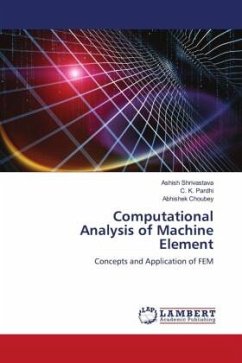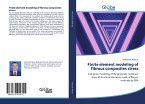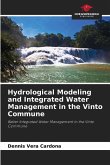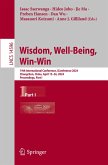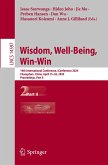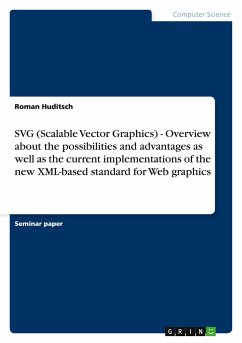AEM is an important addition to ground water modeling technique based on superposition of analytic elements. This method employs superposition of analytic functions to create an approximate solution to the ground-water flow problem. In AEM each of analytic element represents different flow feature of the aquifer. AEM model is applied to calculate groundwater head for homogeneous and heterogeneous steady flow condition for synthetic problems. Results are validated with available analytical solution and finite element method. Sensitivity analysis is carried out by varying parameter of aquifer and amount of discretisation of element. Later AEM model is also applied for unsteady well drawdown problem. The radial collector well comprises of horizontally placed screen pipes or laterals in riverbed aquifer. The complete structure behaves like a well with large effective radius. Radial collector wells offer a feasible and sustainable pumping arrangement to augment induced recharge. The use of radial collector well structures has been growing in various parts of the world. Simulation of a synthetic RC well by FEM is covered in the book.
Bitte wählen Sie Ihr Anliegen aus.
Rechnungen
Retourenschein anfordern
Bestellstatus
Storno


